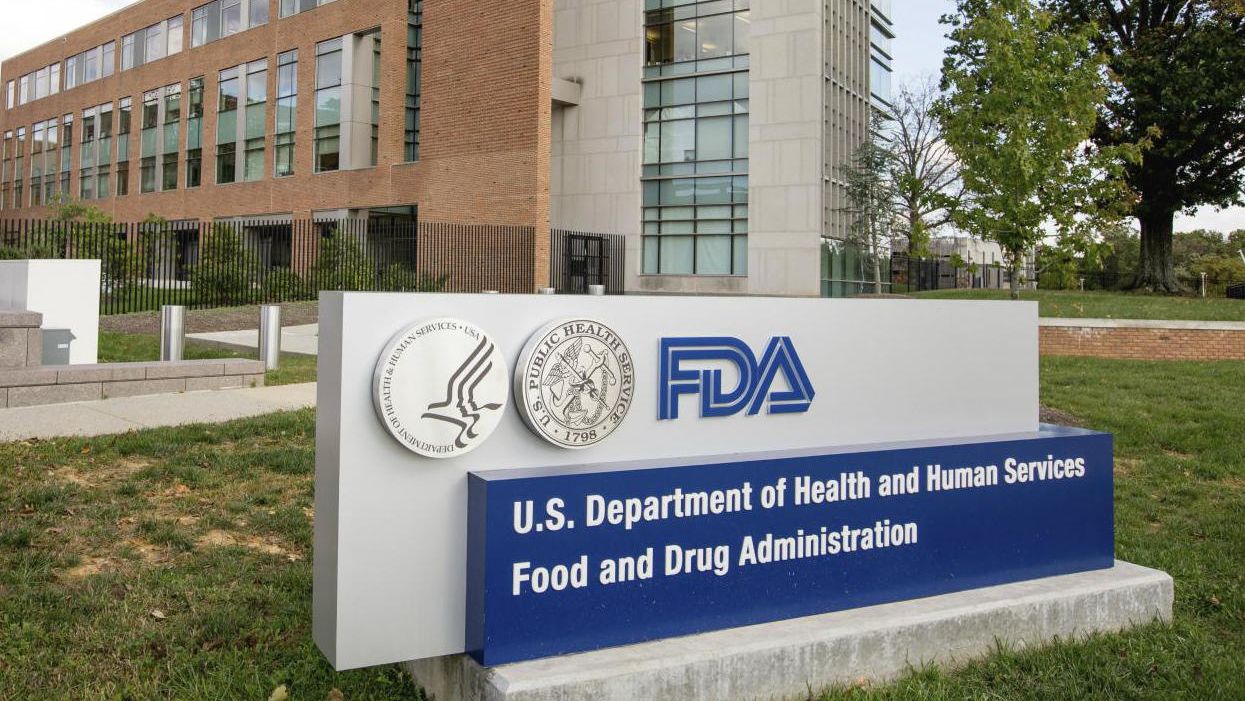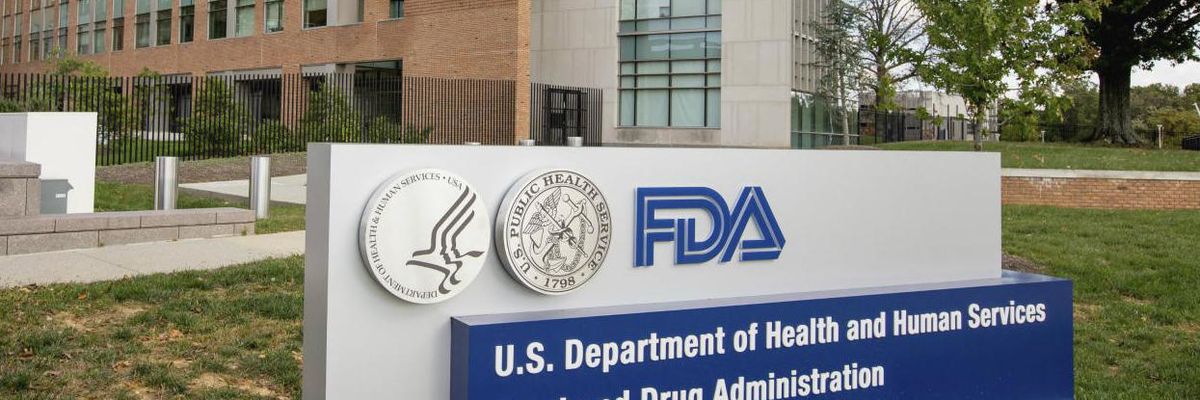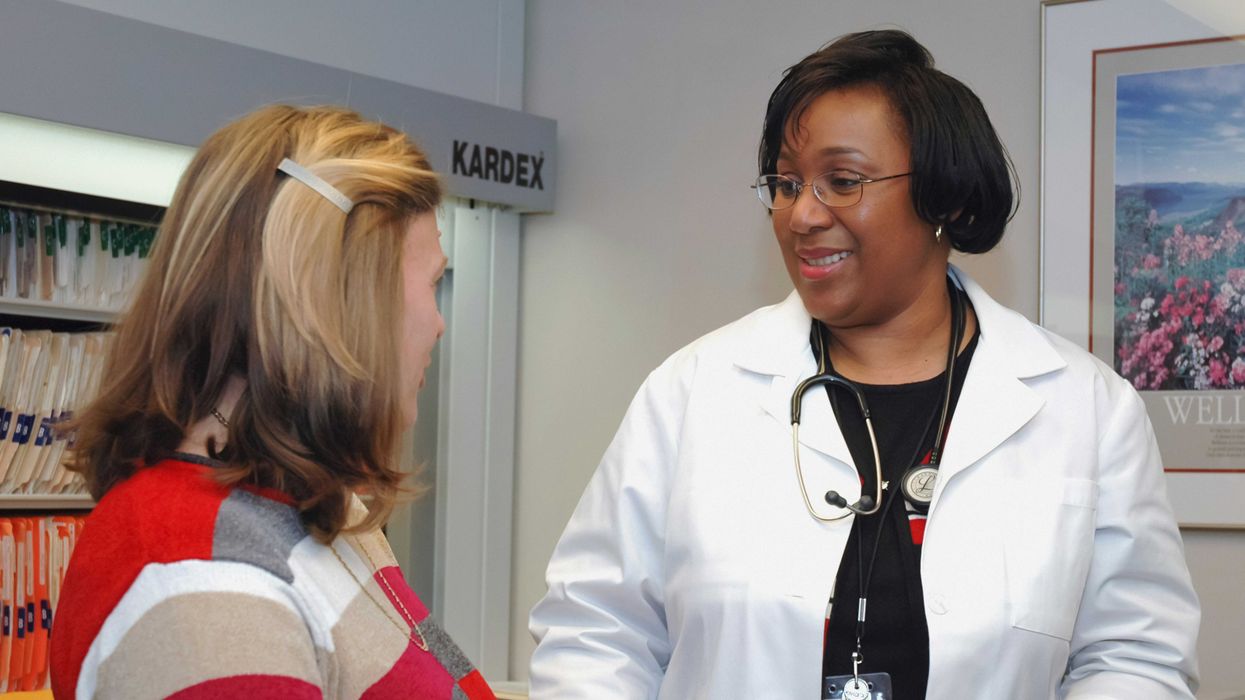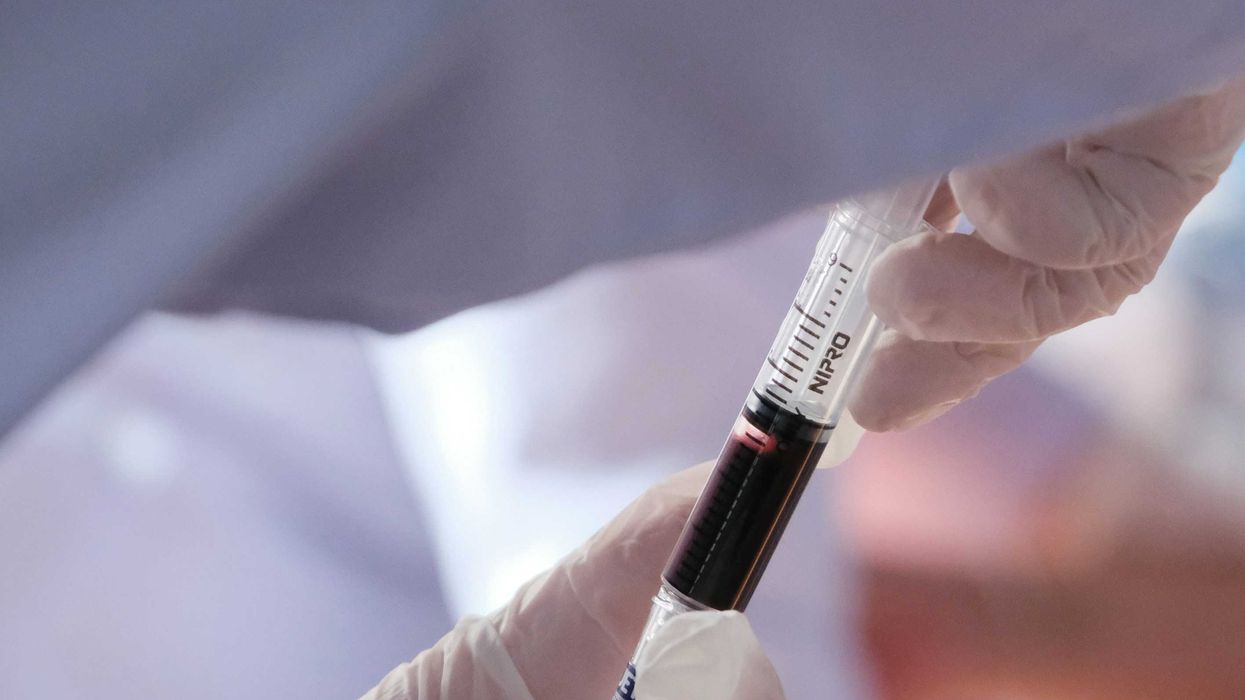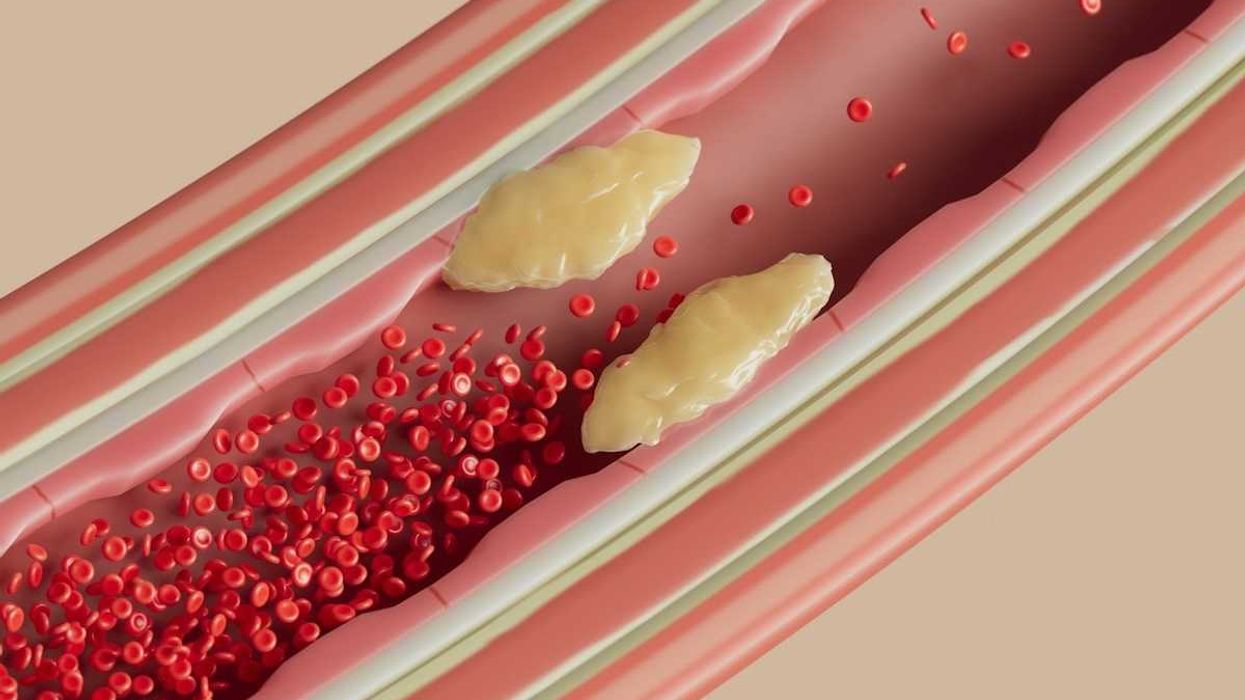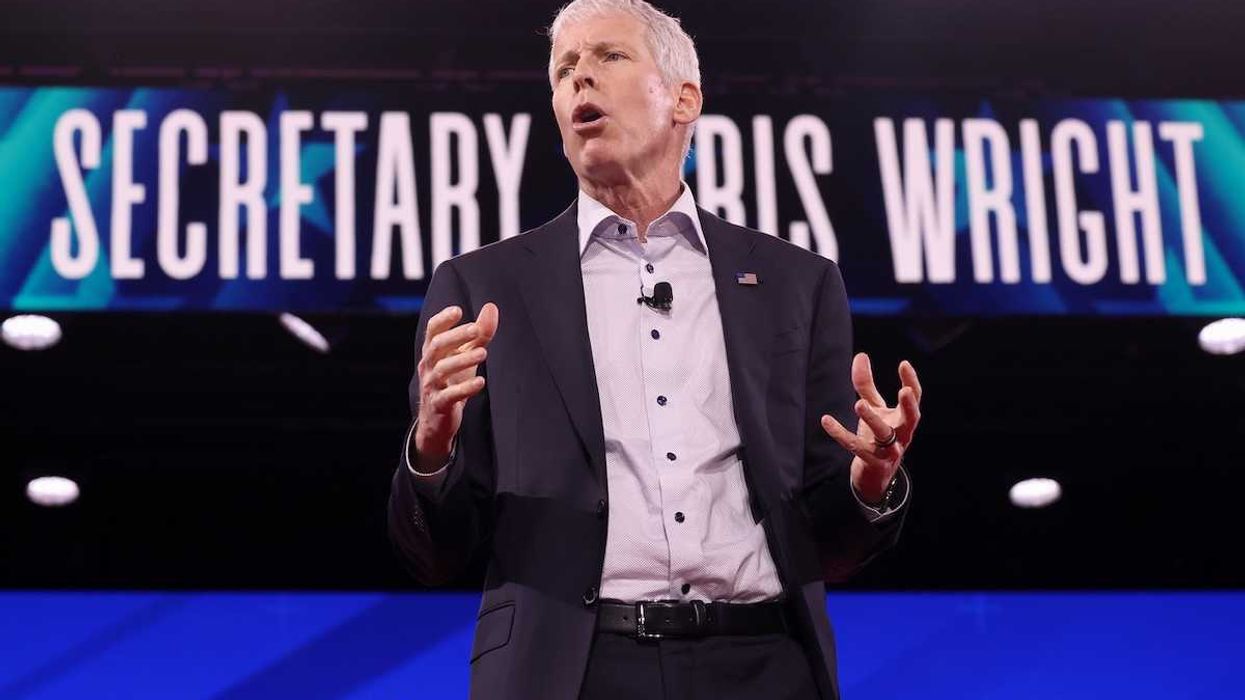For years, the U.S. Food and Drug Administration (FDA), and the U.S. Environmental Protection agency (EPA), have ruled that bisphenol A (BPA) is safe at doses many studies by independent research scientists have found cause harm in laboratory animals.
Epidemiologists have also published research that links BPA measured in people to a range of human diseases and disabilities—these findings should not occur if the FDA and EPA's estimate of a safe dose is accurate.
I watched this situation develop for years in my role as Scientific Program Administrator in the Extramural Division at the U.S. National Institute of Environmental Health Sciences (NIEHS). I found it frustrating that our regulatory agencies were rejecting all the cutting-edge science on BPA that NIEHS was funding.
They said it didn't meet their guidelines for regulatory testing, even though the scientists we were funding were the best in the U.S.
Then I had a breakthrough idea, one that might not only solve the BPA problem but one that could also act as a model for getting the best out of regulatory-based testing (apples) and independent research (oranges).
The idea, which became known as CLARITY-BPA (Consortium Linking Academic and Regulatory Insights on BPA Toxicity), was this: Give the FDA the lead on raising and treating enough animals (rats) so that they can perform a standard "guideline" assessment of BPA, the way they usually do it, but then send some of the animals (and tissues/organs) to the expert independent research scientists to assess the effects that they have reported in the scientific literature.
This design embedded the research of the independent scientists in the guideline study, so the FDA could not reject the findings. Then integrate the two data sets (apples and oranges) into one study to get an overall assessment of how toxic BPA is.
Designing this study was not easy, but it came together with funding from the FDA, the National Toxicology Program (NTP) and NIEHS and with the participation of 14 independent university scientists from around the U.S. who competed for the research funding needed to be part of CLARITY-BPA.
Related: FDA statement on BPA's safety is premature
Now more than six years after launch, and many dozens of meetings and discussions, CLARITY-BPA is reaching the end of its long road. We are set to meet the goal of merging the "apples" from the FDA and the "oranges" from the independent scientists into an integrated, coherent dataset.
But recent developments have me worried that the FDA is short circuiting the process. In violation of the agreement we all had at the beginning, the FDA appears to be rushing to judgement without the full integration of both the apples and oranges datasets.
Instead, they are reaching conclusions based upon the guideline part of the study without considering the results of the independent researchers. They are poised to make two public presentations about their part of the study this month, with no participation from the academic scientists. That violates the intention and spirit with which we launched CLARITY, and it is deeply disappointing.
It risks wasting U.S. taxpayer dollars and doesn't get us any closer to understanding the hazards of BPA.
I hope I'm wrong, and that the FDA will soon publish a final report that integrates their work with that of the independent scientists as was intended and agreed to by all the participants.
I've seen enough of the data to be confident that there are low dose impacts of BPA in both the guideline studies and the academic research.
A rush to judgement of the hazard of BPA by the FDA and other regulatory agencies worldwide based on the report from the guidelines study alone would negate the intent and goal of the CLARITY-BPA study.
We will not have made any progress to integrate the "apples" and "oranges", and public health will suffer.
For a deeper, more technical dive into this controversy from Heindel, read here.
Jerrold J. Heindel, the founder of Program on Endocrine Disruption Strategies at Commonweal in Bolinas, California, recently retired from the National Institute of Environmental Health Sciences where for two decades he managed grants on endocrine disruption to university-based scientists.
Editor's note: The FDA is holding a webcast this Thursday on CLARITY and their ongoing BPA research.
In addition, independent academic BPA experts (including Jerry Heindel) will hold a webinar about CLARITY on Wednesday, September at 11 AM ET. The webinar is co-sponsored by Carnegie Mellon University and Environmental Health Sciences. EHS's Pete Myers will moderate.

